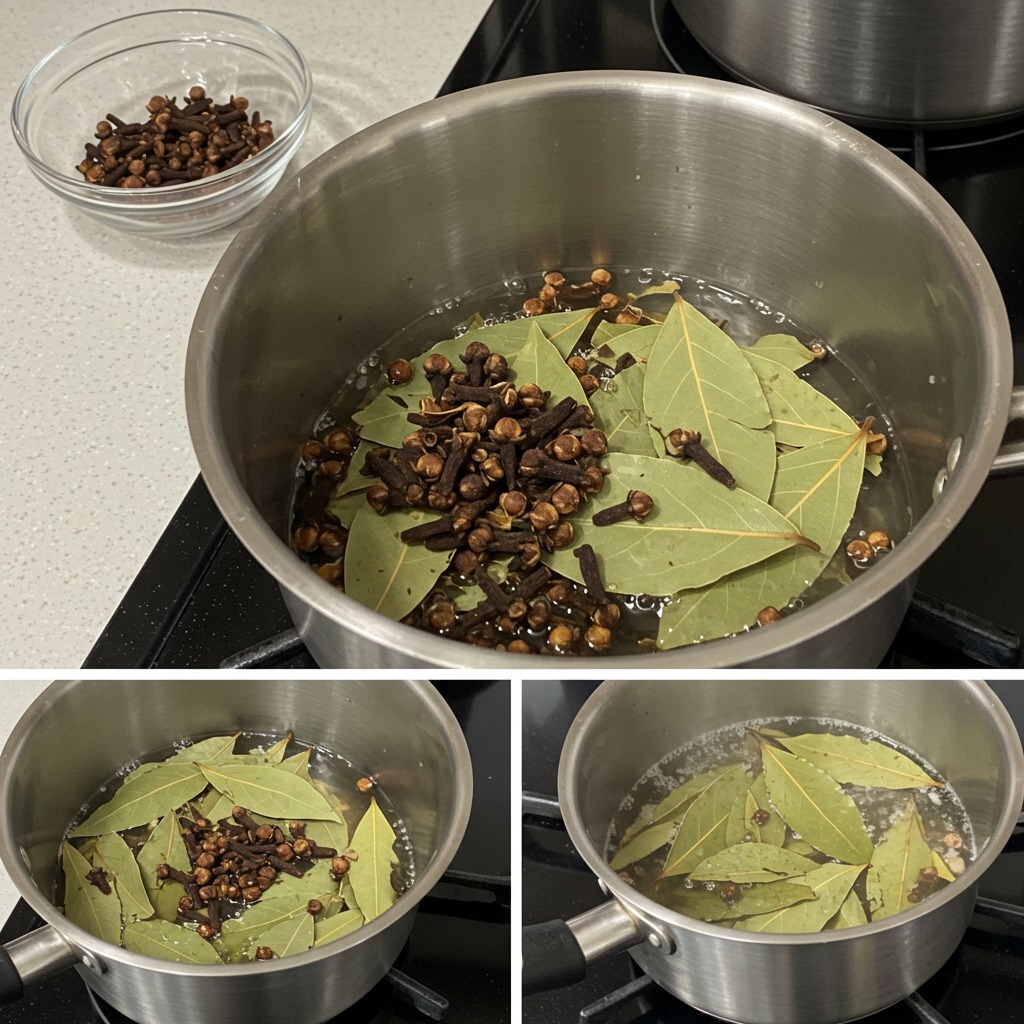ADVERTISEMENT
# **Mix Bay Leaf and Cloves: Once You Try Them Like This, You’ll Thank Me**
Bay leaves and cloves are two of the most aromatic and flavorful spices used in cooking worldwide. Both are versatile, prized for their distinct, rich flavors that elevate the taste of countless dishes. But what if I told you that there’s an even better way to enjoy these spices by combining them? The unique pairing of bay leaves and cloves in various recipes offers a whole new world of flavors that you’ll want to add to your cooking routine. Whether used for cooking, medicinal purposes, or even as natural home remedies, these two ingredients together can have amazing benefits.
In this article, we will dive into the powerful combination of bay leaves and cloves, exploring the numerous ways they can be used. From enhancing your cooking to creating DIY remedies, this guide will make you appreciate the duo of bay leaves and cloves like never before. So, let’s get started!
## **Understanding Bay Leaves and Cloves**
### **Bay Leaves: A Flavorful and Aromatic Herb**
Bay leaves come from the bay laurel tree (Laurus nobilis), a Mediterranean evergreen that produces aromatic leaves used in cooking for centuries. The leaves have a distinctive fragrance and flavor that is somewhat floral, slightly bitter, and earthy. Although bay leaves are not typically eaten directly (due to their tough, leathery texture), they are often used in cooking to infuse their flavor into stews, soups, sauces, and braised dishes.
Bay leaves can be used whole or crushed, and they can be added to a variety of savory dishes, including meat, poultry, fish, and vegetarian recipes. They work wonderfully when simmered in sauces or long-cooked dishes, where their aromatic compounds can slowly release and permeate the food.
### **Cloves: The Tiny Yet Powerful Spice**
Cloves, the dried flower buds of the *Syzygium aromaticum* tree, are small but mighty in terms of flavor. Known for their intense, warm, and slightly sweet flavor, cloves have a pungent aroma that can fill a room. They are commonly used in both sweet and savory dishes, such as in holiday baking, spiced meats, and savory rice dishes. Cloves are often used in whole form or ground, and just a little bit goes a long way.
Besides their flavor-enhancing qualities, cloves also come with numerous health benefits. They are rich in antioxidants, have antibacterial properties, and contain compounds that can help with digestive health, dental care, and even pain relief.
—
## **Why Mix Bay Leaves and Cloves Together?**
Combining bay leaves and cloves creates an extraordinary pairing that takes your cooking to the next level. When combined, these two spices enhance each other’s natural flavors and create a more complex, multi-dimensional taste profile. Here’s why this pairing works so well:
### **1. Complementary Aromas**
Bay leaves offer a subtle herbal flavor that works well with the rich, warm, and slightly sweet taste of cloves. Together, they create a balanced, aromatic flavor combination that complements both savory and sweet dishes. The fragrance of the two spices together is warming and inviting, making them perfect for use in winter recipes, stews, soups, and curries.
### **2. Harmonious Flavor Profile**
Bay leaves impart a delicate floral and slightly bitter taste, while cloves add a warm, sweet, and spicy kick. When combined, they form a harmonious, well-rounded flavor that isn’t overwhelming. This balance allows them to enhance a wide range of dishes without overpowering the other ingredients.
### **3. Versatile Uses in Cooking**
The combination of bay leaves and cloves is versatile, making it suitable for both savory and sweet dishes. These two spices can work wonders in stews, braised meats, rice dishes, and curries, as well as in cakes, pies, and mulled wines. Their pairing provides complexity to dishes, making them richer and more flavorful.
For Complete Cooking STEPS Please Head On Over To Next Page Or Open button (>) and don’t forget to SHARE with your Facebook friends
